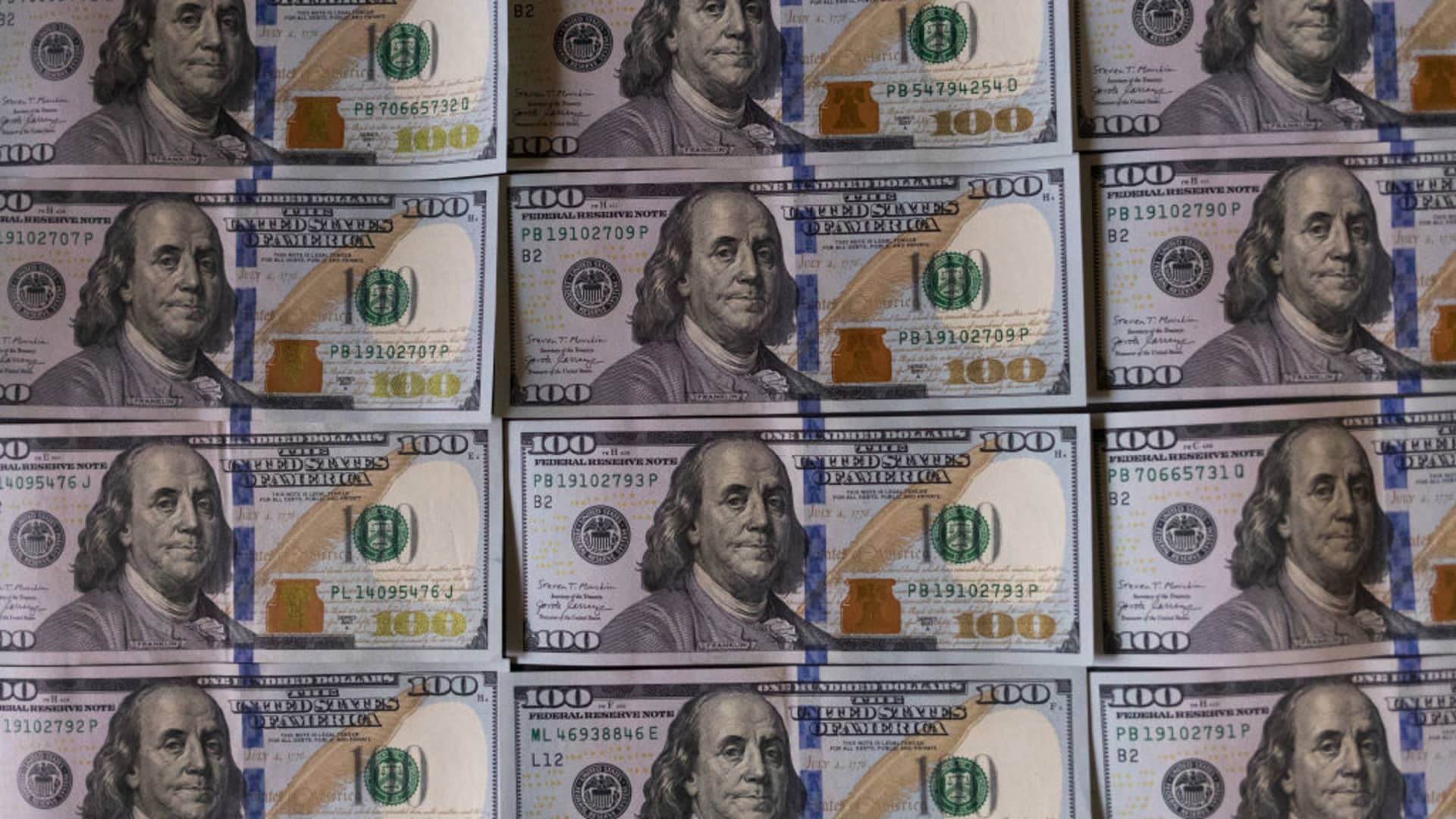Treasury yields shot up last year, and investors flocked to allocating to cash which have yielded around 5% or even more. As yields rose, investors put their cash into cash instruments such as short-term certificates of deposit, money-market mutual funds and short-term U.S Treasury bills. Those yields have since dropped, and Wall Street are widely expecting them to go fall even further, leading investors to exit cash and get into other income-generating assets. But recent stronger-than-expected economic data on consumer and producer prices has raised the possibility that the U.S. Federal Reserve will cut interest rates later rather than sooner. The 10-year Treasury rose above 4.3% after the release of the economic data , and was around 4.2% as of Wednesday — up from below 4% in January. At the top of investors’ minds are the direction of interest rates and the question of how it will affect yields and the stock market. Morgan Stanley Investment Management’s Jim Caron believes the 10-year Treasury yield is very likely to hover between 5% and 5.5%. Caron, who is chief investment officer at its Portfolio Solutions Group, explained that historically, 10-year Treasury yields are “usually a good match” for nominal gross domestic product. “If we’re running 3% inflation and 2% potential growth, or even … slightly higher potential growth at with 2.5%, you could see a 10-year Treasury around 5%, 5.5%,” he told CNBC’s ” Street Signs Asia ” on Wednesday. Meanwhile, deficits in the U.S. are “going to be a problem at some point in time” and 10-year yields will likely “gravitate higher.” “I think now we’re getting back to a normal spot where QE is going away and quantitative tightening is also going to come to an end that we could start to gravitate towards the nominal GDP levels, which for the US could very easily be between 5% and 5.5% and that’s over the longer term,” Caron said. Of course, if the economy goes through a major slowdown, yields will fall, he said. “But if you think of the natural gravitation, nominal GDP levels around 5%, 5.5%, is a reasonable level to think of where 10-year Treasury yields could go,” Caron concluded. How rising yields affect stocks But are rising yields bad for stocks, as commonly thought? Not necessarily, according to Caron. “The age old question of whether or not rising bond yields will push equities lower is met with the age-old answer: it depends why yields are rising,” he said. “If yields are rising because the economy is running hot, and data and labor markets are stronger, the rising yields need not negatively affect stocks.” Caron concedes that could be “overly simplistic” because of “many other variables to consider.” He outlined three scenarios for the 10-year yield and their impact on policy and stocks: The line at which the level of yield starts to have a negative impact on asset prices is at 4.5% to 4.6% for the 10-year. “Because this is a level that is still consistent with the Fed cutting 2-3 times in 2024. For the 10y to rise beyond that yield level, one may start to build in the possibility of no cuts, or worse, another rate hike. This could tip the scales in favor of interest rates mattering more to weigh on equity valuations,” he said. The “Goldilocks zone” — in which monetary policy is looser and the risk of rate hikes is low — is when the 10-year is at 4% to 4.5% or 4.6%, Caron said. He said he’ll start to get worried if the yield falls below 4%. “I start to get worried that something bad is brewing and whatever necessitates rate cuts would almost certainly be a risk off event,” he said.
This story originally appeared on CNBC

